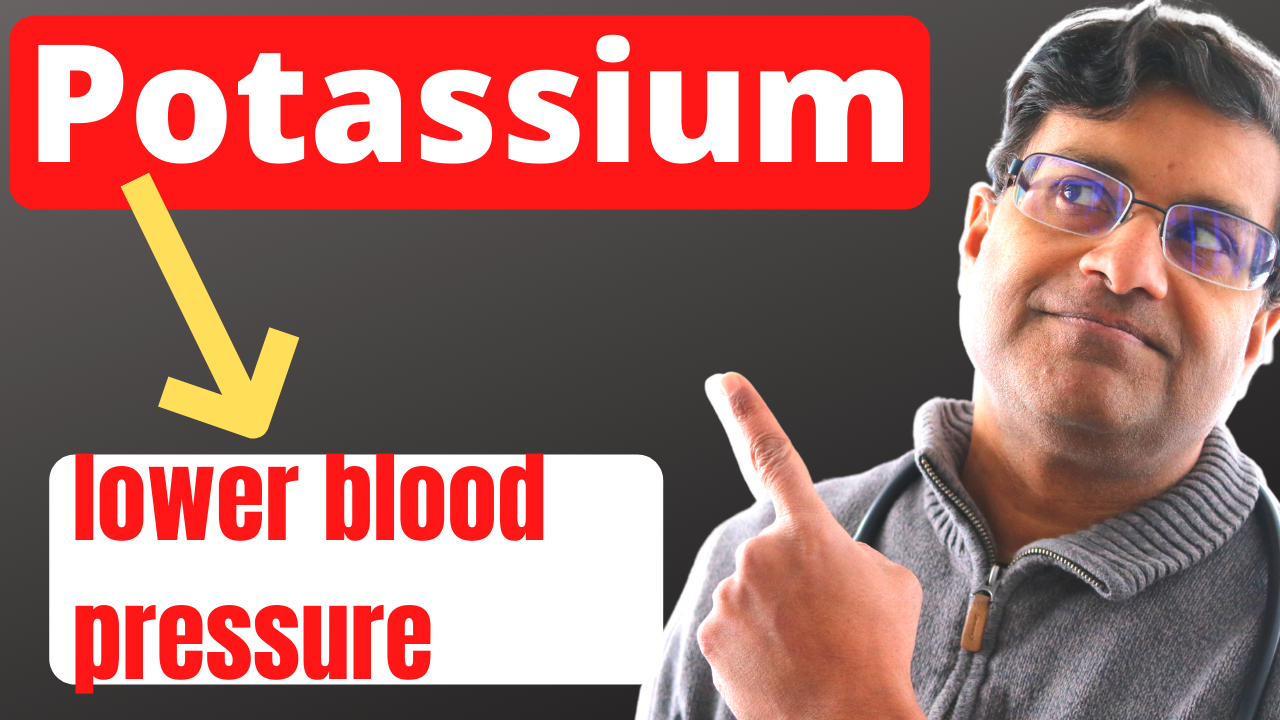Why Blood Pressure Management is Important
High blood pressure, or hypertension, can lead to serious health issues like heart disease, stroke, and kidney problems. It’s often called the “silent killer” because it usually has no symptoms. So, keeping your blood pressure at a healthy level is key to living a long, healthy life.
But here’s the good news: your diet plays a huge role in managing your blood pressure.
Let’s explore the top foods that can help!
Foods to Lower Blood Pressure
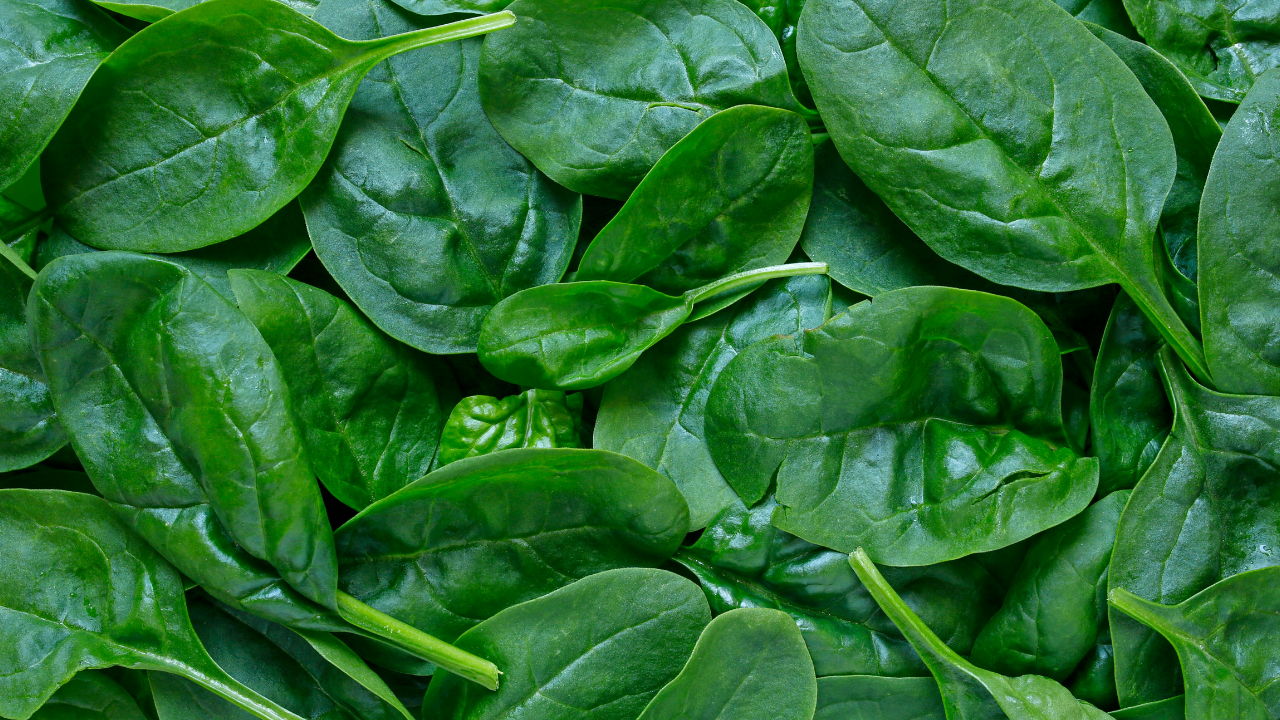
1.Leafy Greens (Spinach, Kale, Arugula, Swiss Chard)
Leafy greens are like nature’s “pressure reducers.” They’re packed with potassium, a mineral that helps balance out sodium in your body. Sodium is the main reason many people have high blood pressure—it’s like a sponge that holds on to water. The more water in your system, the more pressure builds up in your blood vessels.
Think of it like this: If your blood vessels are the pipes and blood is the water flowing through them, too much sodium is like turning up the water pressure. Potassium helps your kidneys flush out extra sodium, bringing the pressure down.
How to eat them: Toss leafy greens like spinach, kale, and arugula into salads, soups, or smoothies. They’re also great sautéed with a little olive oil and garlic.
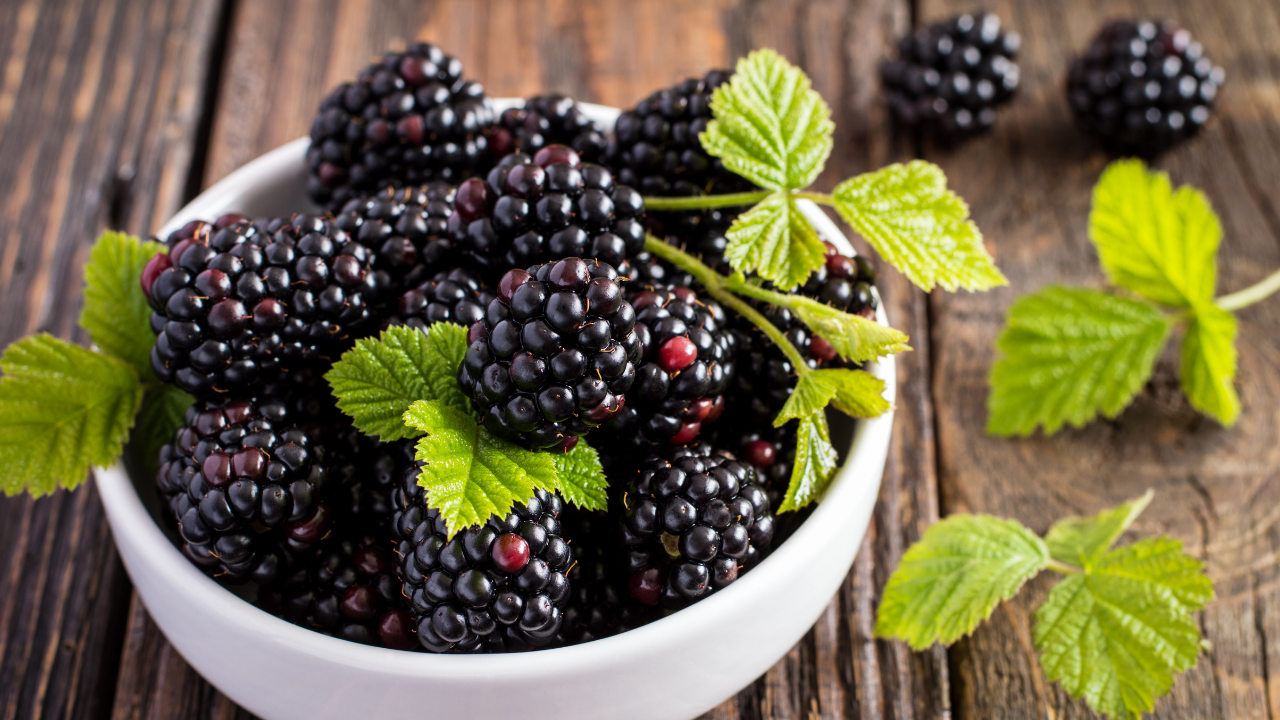
2.Berries (Blueberries, Strawberries, Raspberries)
Berries are like little “clean-up teams” for your blood vessels. They’re full of antioxidants called flavonoids. Think of flavonoids as tiny scrub brushes that keep your blood vessels clean and flexible.
When blood vessels get stiff, it’s harder for blood to flow, which makes your heart work extra hard to pump it through—this raises your blood pressure. By eating berries, you’re helping your blood vessels stay flexible, which lowers the resistance against blood flow.
How to eat them: Mix berries into your morning yogurt, sprinkle them on oatmeal, or just eat them fresh as a snack. Frozen berries are also a great option if you can’t find fresh ones.
3.Oats (Whole Grains)
Oats are like “sponges” for your bloodstream, soaking up bad things that can raise your blood pressure. They’re full of a special kind of fiber called beta-glucan, which helps reduce cholesterol and improves heart health.
Imagine fiber as a sponge in your bloodstream that soaks up things like bad cholesterol and sugars that can clog up your arteries. When your arteries are clear and open, it’s easier for blood to flow, which lowers your blood pressure. Plus,oats help keep you feeling full, so you’re less likely to reach for salty, unhealthy snacks.
How to eat them: Start your day with a bowl of oatmeal, or add oats to smoothies, baked goods, or even use them as a breadcrumb replacement when cooking.
4.Beets (Beetroot)
Beets are like “blood vessel expanders.” They’re loaded with nitrates, which your body turns into nitric oxide. Nitric oxide acts like a gas that helps your blood vessels relax and expand.
Think of it this way: If you’re driving on a narrow road with traffic, it’s slow-going and frustrating. But if the road widens, cars can flow smoothly. Beets help “widen the road” in your blood vessels, making blood flow smoother and reducing pressure.
How to eat them: You can drink beet juice, roast beets for salads, or even blend them into smoothies. Some people like pickled beets too—just make sure they’re low in added salt!
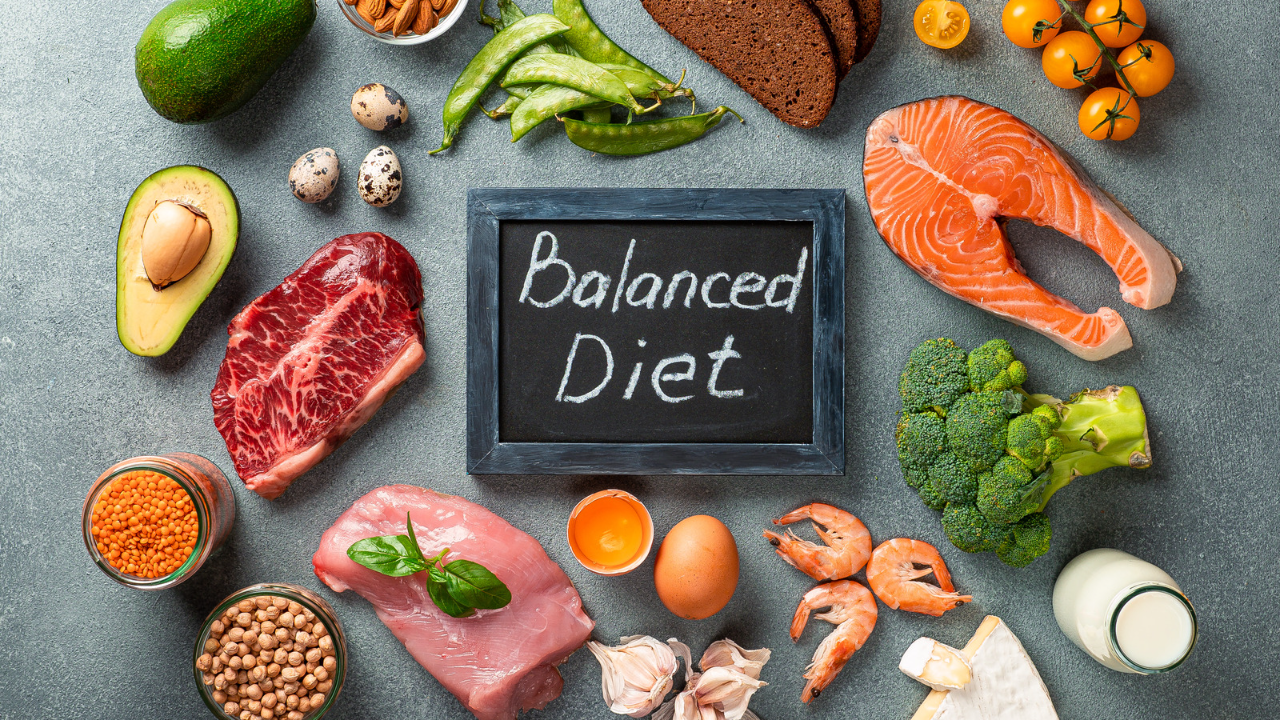
5.Fatty Fish (Salmon, Mackerel, Sardines)
Fatty fish are like the “oil” that keeps your heart running smoothly. They’re packed with omega-3 fatty acids, which reduce inflammation in your body. Inflammation can make your blood vessels stiff, making your heart work harder to pump blood through, raising your blood pressure.
Omega-3s work like oil in a car engine—they keep everything running smoothly and reduce friction. By reducing inflammation, they help keep your blood vessels relaxed and flexible.
How to eat them: Grilled salmon, mackerel, or sardines are great choices for dinner. You can also try canned sardines on whole grain toast or add smoked salmon to salads for a quick, heart-healthy meal.
Foods to Avoid:
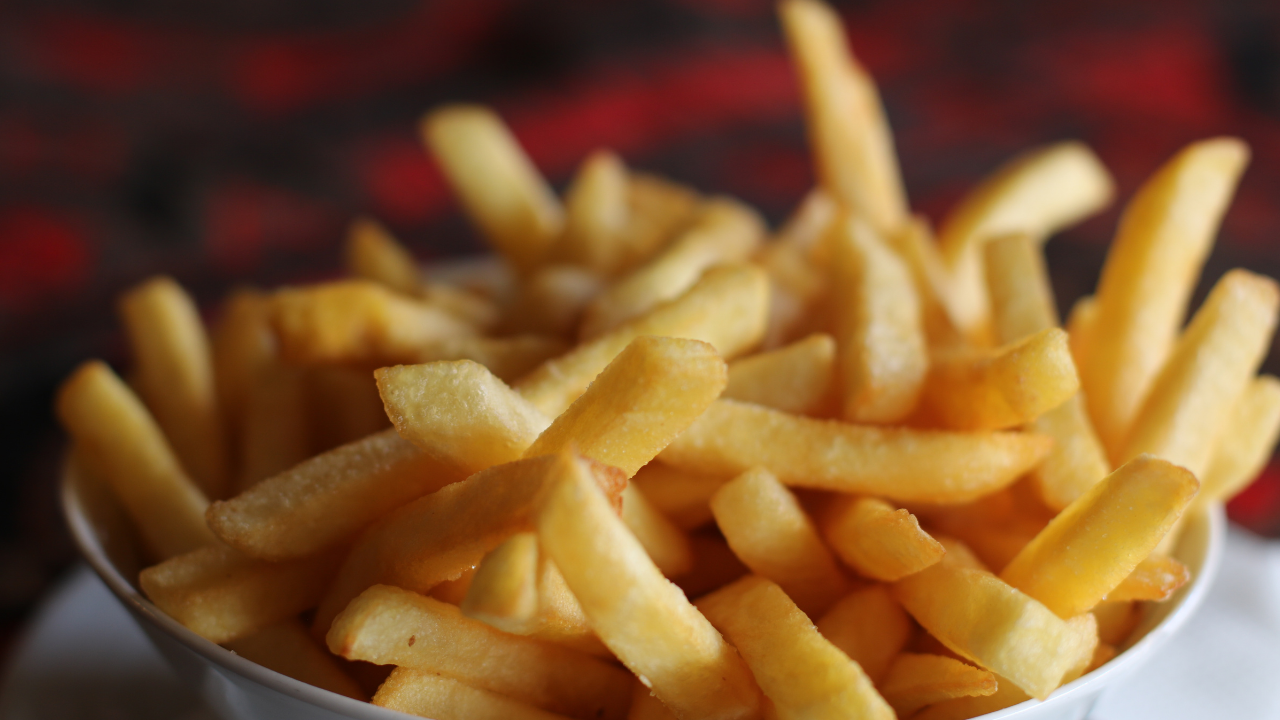
Now that you know the best foods to include, let’s talk about what to avoid to keep your blood pressure in check.
- Processed Meats: These are often high in sodium and preservatives. Think of them as salty little time bombs for your blood pressure.
- Salty Snacks: Chips, pretzels, and other snacks can quickly add too much salt to your diet, leading to higher blood pressure. Instead of chips, try unsalted nuts or air-popped popcorn.
- Sugary Drinks: Sodas and energy drinks can spike your blood sugar and contribute to weight gain, which can raise your blood pressure. Swap them for water, herbal tea, or infused water with fruits for flavor.
The Role of Potassium, Magnesium, and Fiber

You may have heard about potassium, magnesium, and fiber when discussing blood pressure. Here’s why they’re important:
- Potassium: As we talked about, it helps balance sodium levels and lowers blood pressure. Foods rich in potassium include bananas, avocados, and sweet potatoes.
- Magnesium: This mineral helps blood vessels relax. It’s found in nuts, seeds, whole grains, and dark chocolate (yes, chocolate can be good for you!).
- Fiber: A diet high in fiber can help lower blood pressure by keeping your cholesterol in check and promoting heart health.
Lifestyle Tips to Complement Your Diet
Eating the right foods is essential, but here are a few lifestyle tips to further support your blood pressure management:
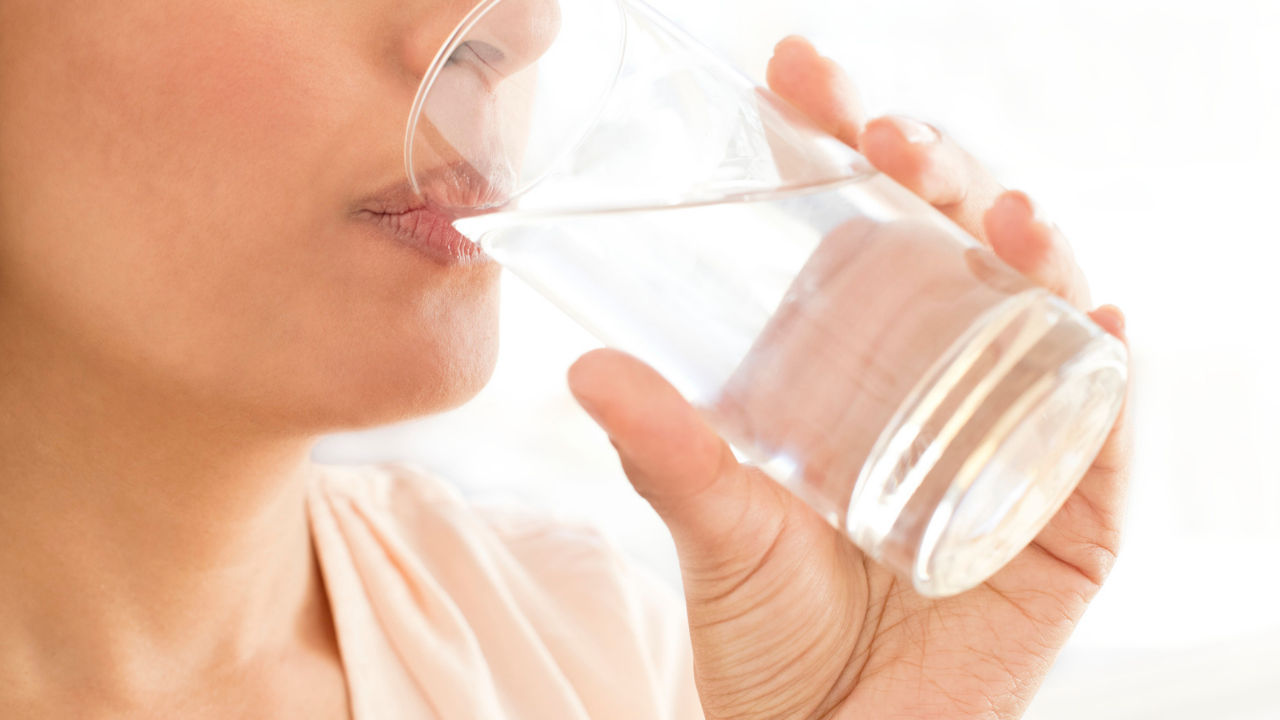
- Stay Hydrated: Drinking plenty of water helps your kidneys flush out sodium and keeps your blood flowing smoothly.
- Get Active: Regular exercise strengthens your heart and improves blood circulation. Aim for at least 30 minutes of activity most days—even a brisk walk counts!
- Reduce Stress: Stress can temporarily spike your blood pressure. Try relaxation techniques like deep breathing, yoga, or meditation to help keep it down.
Lifestyle changes, especially dietary adjustments, can have a significant impact on lowering blood pressure. On average, healthy eating combined with lifestyle changes can lower blood pressure by around 10-15 mm Hg (millimeters of mercury). Here’s a breakdown of how much specific changes can contribute:
1.Eating a balanced diet such as a Mediterranean diet or predominately a plant based diet – Can lower systolic blood pressure by up to 11 mm Hg. This includes focusing on whole grains, fruits, vegetables, and low-fat dairy, while cutting back on sodium and saturated fats.
2.Reducing sodium intake – Cutting back on salt can lower blood pressure by 5-6 mm Hg, especially in people sensitive to salt.
3.Increasing potassium intake (via fruits and vegetables) – This can help lower blood pressure by 3-5 mm Hg by balancing the effects of sodium in the body.
4.Losing excess weight – Losing about 10 pounds can reduce blood pressure by about 5-10 mm Hg, depending on the individual.
5.Regular physical activity – Exercise can lower blood pressure by 5-8 mm Hg over time.

By combining these changes—healthy eating, reducing sodium, staying active, and managing weight—you can see a total reduction of your blood pressure depending on your starting point and consistency. These changes are a powerful way to naturally manage blood pressure.
Remember: small changes in what you eat can make a big difference over time. Start with one or two of these foods, and gradually build them into your routine.
As the saying goes a journey of a 1000 miles begins with one step.
If you are interested in checking out the video click right here!
Think your health!
Sources:
https://www.cdc.gov/high-blood-pressure/



